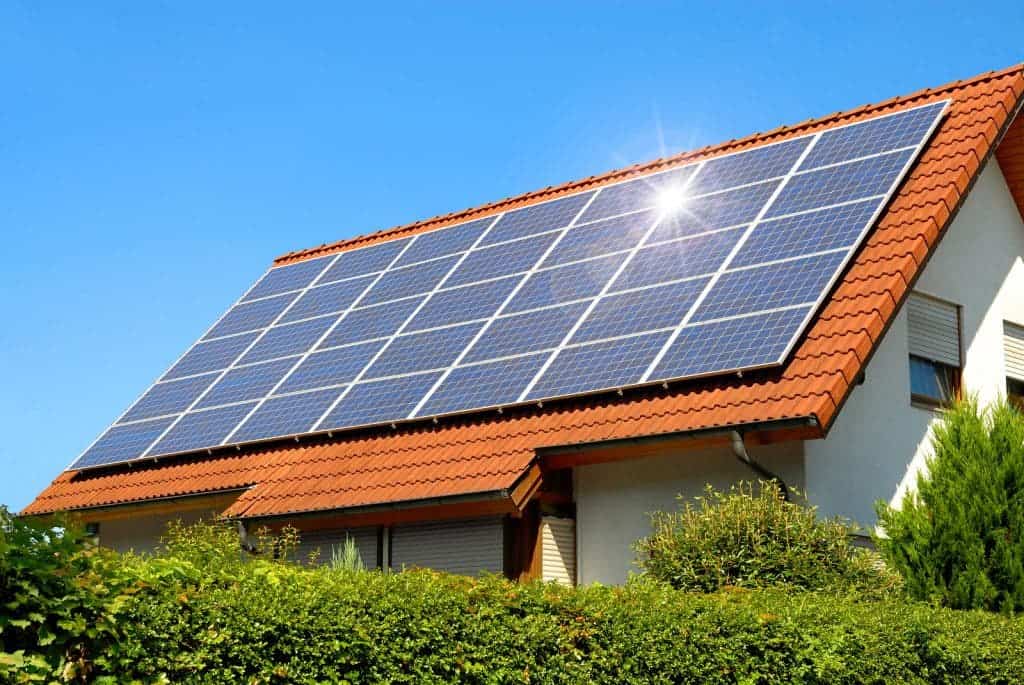
Home Solar Systems
Introduction
In an era where sustainability and environmental consciousness are at the forefront of our minds, home solar systems have emerged as a viable and eco-friendly solution to meet our energy needs. Harnessing the power of the sun, solar energy offers a clean and renewable alternative to traditional electricity sources. In this comprehensive guide, we will explore the benefits, components, installation process, and maintenance of home solar systems.
Benefits of Home Solar Systems
Renewable Energy Source
Home solar systems utilize sunlight, a virtually limitless and renewable energy source, to generate electricity. Unlike fossil fuels, solar power does not deplete natural resources or contribute to environmental degradation.
Reduced Electricity Bills:
One of the most significant advantages of installing a home solar system is the potential for substantial savings on electricity bills. By generating your own power, you can significantly reduce or eliminate your reliance on the grid.
Low Environmental Impact:
Solar power is a clean and green energy solution with minimal environmental impact. Unlike traditional energy sources that produce greenhouse gases and air pollutants, solar systems generate electricity without emitting harmful substances
Components of Home Solar Systems
Solar Panels: Solar
panels are the heart of any home solar system. These photovoltaic cells convert sunlight into direct current (DC) electricity.
Inverter
The inverter is a crucial component that converts the DC electricity produced by the solar panels into alternating current (AC), which is the type of electricity used in homes.
Mounting Structure
Solar panels need to be securely mounted on a structure, such as the roof or ground-mounted racks, to ensure optimal exposure to sunlight.
Battery Storage (Optional):
Some homeowners choose to incorporate battery storage systems to store excess energy generated during the day for use during periods of low sunlight, such as at night.
Installation Process:
Site Assessment:
A professional solar installer will conduct a site assessment to determine the feasibility of installing solar panels on your property. Factors such as sunlight exposure, shading, and roof condition will be considered.
Design and Permitting:
The installer will design a solar system tailored to your energy needs and obtain the necessary permits for installation.
.
Installation:
The solar panels, inverter, and other components will be installed according to the approved design. The process typically takes a few days, depending on the size and complexity of the system.
Connection to the Grid:
The solar system will be connected to the electrical grid, allowing excess energy to be fed back into the grid, often earning homeowners credits or compensation.
Maintenance:
Regular Cleaning:
Periodic cleaning of solar panels is essential to ensure optimal efficiency. Dust, dirt, and debris can accumulate and reduce the amount of sunlight reaching the panels.
System Monitoring:
Many solar systems come equipped with monitoring tools that allow homeowners to track energy production and system performance. Regular monitoring helps identify and address any issues promptly.
Professional Inspections:
While solar systems are relatively low-maintenance, it’s advisable to schedule professional inspections every few years to check for any potential issues and ensure all components are functioning correctly.
Conclusion:
Home solar systems offer a sustainable and cost-effective solution for powering homes while reducing the carbon footprint. With advancements in technology and increasing awareness of environmental issues, investing in solar energy is not just a choice for the eco-conscious but a practical and forward-thinking decision for homeowners. By embracing solar power, individuals can contribute to a cleaner, greener future while enjoying the long-term benefits of reduced energy costs and energy independence.







Leave a Reply